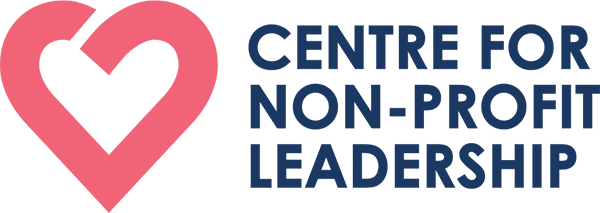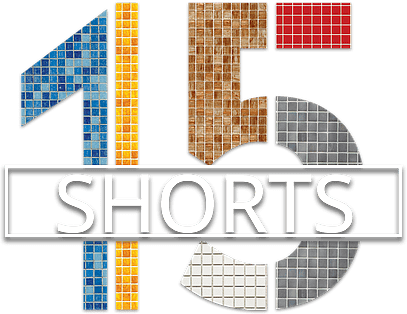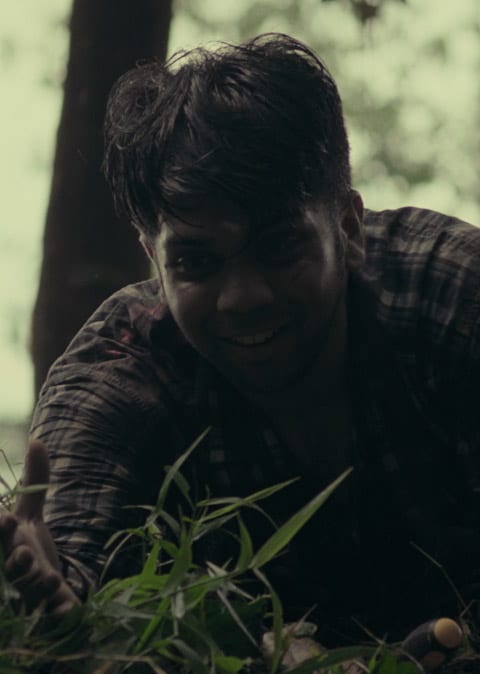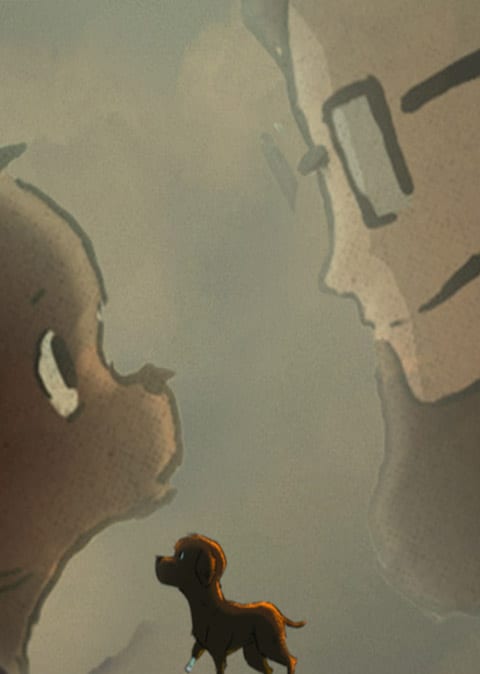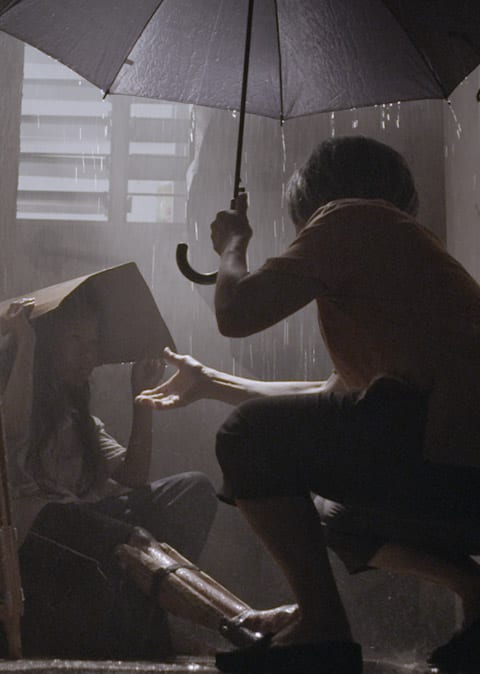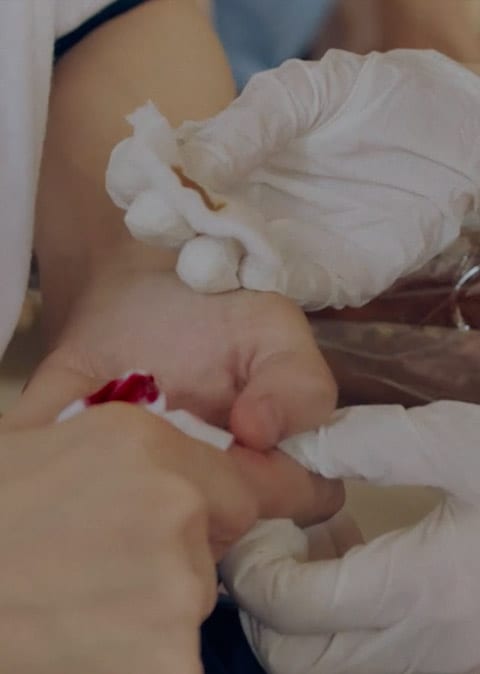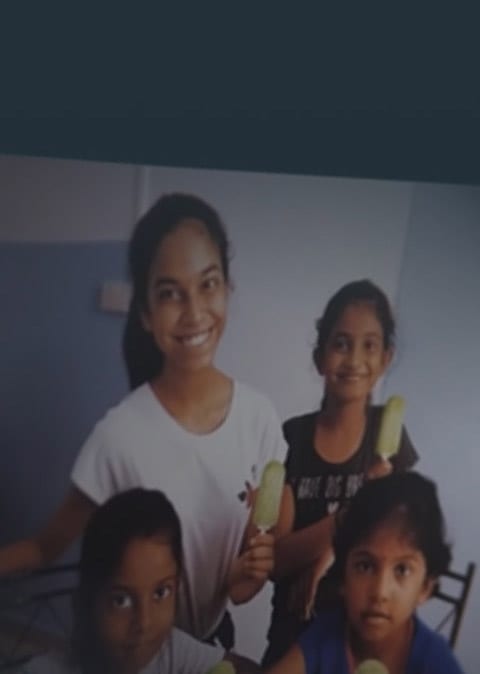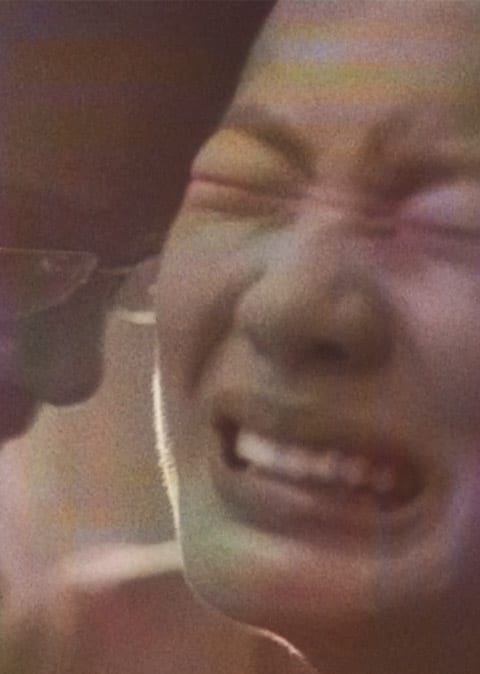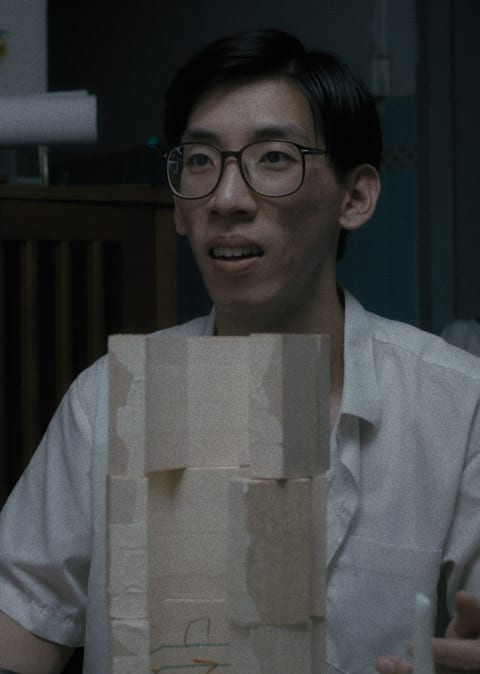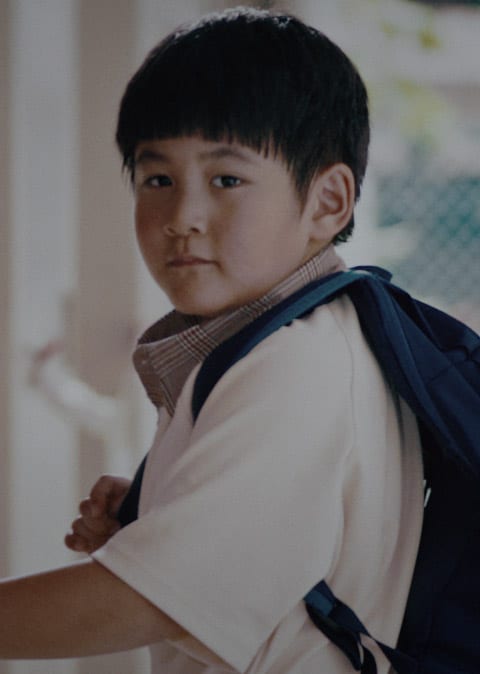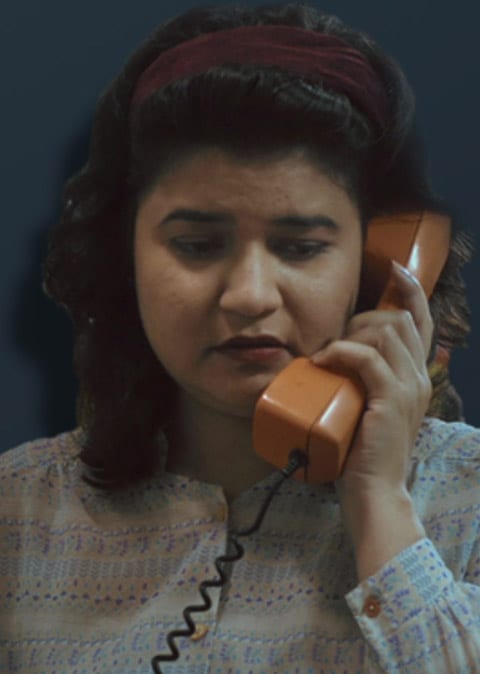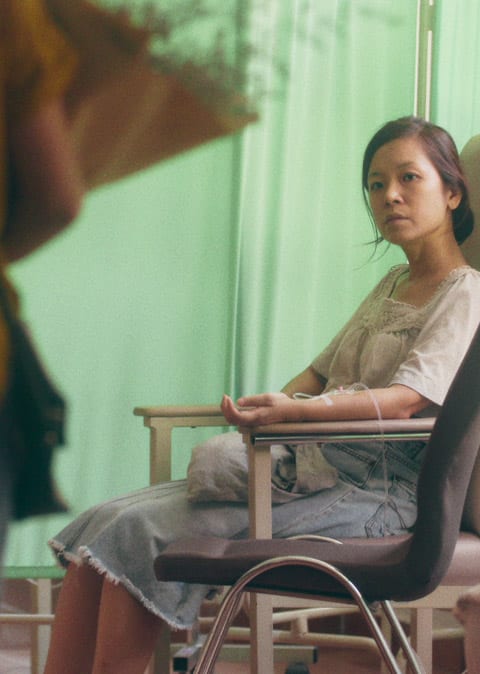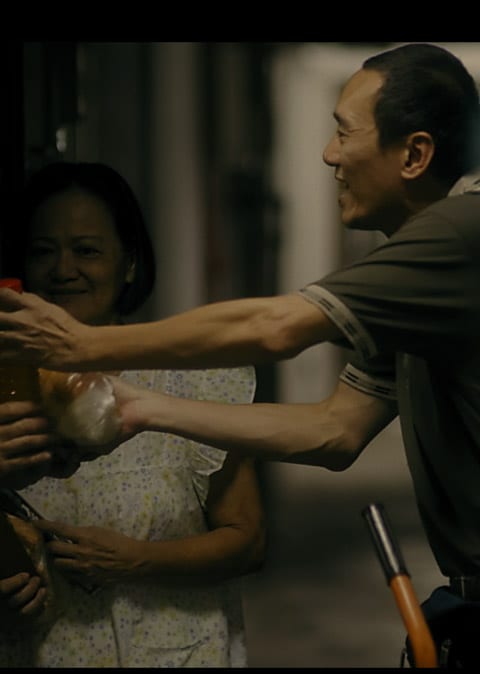Transcript
Grace Ann Chua [00:05]: In our final episode about exit experiences, we’re taking a look at Goodbye Circles! What are they? What do they accomplish? and how have staff who move on from LCCS benefited from them? Welcome to Crafting Communities, your companion to shape a better experience for the community that you care about. It’s me, Grace, your host and friend. We have Justin back on the podcast, and Hansel, a former employee at LCCS to share with us more about Goodbye Circles. Hi Hansel. Hi Justin.
Justin Mui [00:36]: Hi.
Hansel [00:37]: Hello.
Grace Ann Chua [00:38]: Thanks for joining me on this episode of Crafting Communities.
Justin Mui [00:40]: Thanks for having us.
Hansel [00:41]: Thanks for having me.
Grace Ann Chua [00:42]: On today’s episode, we’re going to be talking about a story of exiting, of Hansel leaving his previous workplace environment and we’ll be having a discussion about this concept of goodbye circles, which is a practice that LCCS does with colleagues who choose to move on from the organization.
Justin Mui [01:00]: Yeah, like Hansel. The last I saw you was two years ago, so it’s good to be able to see you again.
Hansel [01:05]: Yeah.
Grace Ann Chua [01:06]: This is a reunion for this episode. Very cool.
Justin Mui [01:10]: Yeah.
Grace Ann Chua [01:10]: So, let’s get to it. Hansel, could you share with us about your decision to leave LCCS and the story behind that?
Hansel [01:15]: Yeah, maybe I can start when I joined LCCS. I think probably it was like 2017. It was through this program called PCP – Professional Conversion Program. I think they got people who wanted to do sort of like mid-career switches. So, I was from a psych background. I wanted to delve into social work a little bit more. So, I took up that program, and LCCS was one of the organizations who actually wanted to adopt me in that sense. So, that’s a nice word, right, adopt?
Justin Mui [01:47]: Yeah.
Hansel [01:47]: So, I joined LCCS in 2017, and then about three years, then 2020, right at the start of COVID, and then I decided to move to do something else. So, I think most of the decision that I was trying to grapple with was the opportunities that I could possibly be doing outside versus of you know what I can do and what I have been doing in LCCS. I wanted to move into community work. Unfortunately, at that moment, LCCS didn’t really have a very expansive community services in their programs. And at the time, they were also going to move locations.
Justin Mui [02:26]: You didn’t want to move to our new office with us?
Hansel [02:27]: Maybe I didn’t want to help the move. [laughter] Just kidding. Yeah.
Grace Ann Chua [02:33]: So, it’s largely pull factors, right?
Hansel [02:35]: Yeah, pull factors. I mean, I have got to say that I had quite a good relationship with my colleagues at LCCS. So, I’m not sure whether you want to call it that or what, but in a way, some people might think that getting me on here is kind of biased, because you get somebody that has a good relationship to talk about how good a experience it was and how good our goodbye circle was. But I’m also interested to understand and find out how the processes, how my experience of a goodbye circle that I had was versus what the next few goodbye circles could have evolved into, or possibly people who left after me that didn’t have as much a good experience as I did.
Grace Ann Chua [03:18]: How was that experience for you when you did leave LCCS back in 2020?
Hansel [03:22]: That was like two years ago. It’s quite a difficult thing to remember now. But if you were to ask me to describe it, I would say, you know, how when somebody lives overseas to study and then you have this group of people sending them off at the airport?
Grace Ann Chua [03:36]: Yeah.
Hansel [03:37]: That was how I felt like. It was like a warm send off.
Grace Ann Chua [03:40]: Aw, so sweet.
Hansel [03:41]: To me, that was how I felt like – warm send off. It was basically a bunch of people, you know, getting together, and then you have these certain questions that help facilitate a bit of the conversation, but to me tied up the whole experience of what I experienced at LCCS very nicely.
Justin Mui [03:58]: And you mentioned it was during the COVID period. So actually, you’re not really thinking of like a physical group of people gathering at the airport kind of thing. Actually, it was a virtual send off. It was a Zoom send off.
Hansel [04:10]: Yeah. I think it was one of our first few goodbye circles on Zoom.
Justin Mui [04:17]: Yeah. Like Hansel shared, when he left, I think you were probably one of the first or first few who left in 2020, that was when COVID hit. In case for the listeners who are wondering, it’s not like we always had this. There was a reason why we started to do this. And it usually starts with a problem. And the problem was that, as an organization, we emphasize the importance of relationships. We do a fair bit of building connections between colleagues. However, we didn’t know how to say goodbye very well. So, it was typically the, “Okay, someone’s leaving, we will pass around a farewell card.” And then those who know the person will write a lot of things. Those who don’t really know the person well, maybe write a very token thing.
Grace Ann Chua [04:59]: One or two sentences. All the best. Nice talking with you.
Justin Mui [05:02]: Yes, exactly. Exactly. So, it felt like we were a bit shy or unsure about how to say goodbye well. And in fact, we only learned about this practice. We became more aware when a group of us went to the US to the International Institute of Restorative Practices, which we are an affiliated partner of, and we heard about this practice that they were doing there. So, that was end of 2019. And we said why not try this in 2020. So, Hansel, you’re the guinea pig, maybe.
Hansel [05:33]: Probably.
Grace Ann Chua [05:34]: So, what are goodbye circles and how are they conducted?
Justin Mui [05:38]: It’s a space for people to come together. Firstly, it is by willing participation, it happens during office hours, the invite is sent to everybody, and you choose if you want to be there. Actually also for the person who’s leaving, the person also is a willing participant. We do share why it matters. Well, oftentimes, we have people saying, “Aiya don’t want kah. So awkward.” But we talk about why it matters, why this is going to be a meaningful time for people to appreciate you as a person, it’s not a discussion on your work or your competencies or your performance. It’s nothing like that. It’s just about how people experience you as an individual.
Justin Mui [06:16]: So, the conversations are designed that way. Very light-hearted questions, asking people about their fondest memories of this individual, asking this person about what were your first impressions of the organization? It’s really just an open space to share. You can almost think about it like a farewell dinner of sorts, except that in most farewell dinners, the conversation tends to be rather all over the place.
Grace Ann Chua [06:40]: Yeah. Right. And then we may diverge into different topics, just random conversation.
Justin Mui [06:44]: But the goodbye circle, the questions are crafted. So, there is a facilitator, who will plan the questions, maybe come up with an activity, and the facilitator will facilitate the experience, sometimes alone, sometimes with someone else.
Grace Ann Chua [06:57]: So, there’s a structure.
Justin Mui [06:59]: Yeah.
Grace Ann Chua [06:59]: How long does one goodbye circle last for?
Justin Mui [07:02]: Usually, we budget for as long as an hour and a half, but it could end sooner if it needs to. But usually, we just provide enough time for people to come in and share.
Grace Ann Chua [07:13]: Earlier you mentioned about willing participation. So, have there been situations where the person who’s departing doesn’t even want goodbye circle and doesn’t show up for their goodbye circle?
Justin Mui [07:24]: Yeah, of course. In fact, we will always have that conversation around if you have concerns around a goodbye circle, let’s talk about it. Is it because you don’t really know what it is for, what’s the intent of it? We can share, we give you time to think. But recently, we did have a colleague who chose not to and I gave her the opportunity to think about it and told her she can decide. In the end, she said no. And the reason why she said no, is because she said, “I’ll be very emotional. And I don’t really want to be crying at that session.” To which I say, “Well, it’s okay because we want to provide a space for you to be as you are and to express yourself.” But to her, it’s not okay to show that vulnerable side of her.
Grace Ann Chua [08:02]: And who organizes these goodbye circles?
Justin Mui [08:06]: Some of my colleagues, actually, they kind of have a roster. Last time it was whoever was free.
Hansel [08:13]: Back then I think it was just my manager, James.
Justin Mui [08:18]: Last time, I guess we felt that– maybe the person who is organizing it has to be someone who’s close to you or your superior or maybe like a best friend at work. But now, I think we’ve just started to realize that anybody can facilitate that space and conversation. And in fact, because you’re facilitating, sometimes you don’t really get a chance to share as much because you’re creating that space for the participants and everyone to share. So in fact, if you have a best friend, then we might say, “Why don’t you just come as a participant, so you can really focus on speaking from your heart.”
Grace Ann Chua [08:51]: Justin, could you share with us an example of a walkthrough of what an hour and a half goodbye circle experience could be like?
Justin Mui [08:57]: At the start, we want to create a space for people to feel comfortable. So usually, it’s light-hearted, even the questions that we ask are questions that are more generic or safe, and even could be in an activity form.
Grace Ann Chua [09:09]: And this is for everyone, even the people who are staying?
Justin Mui [09:12]: Yeah, because it’s a circle. So, I guess I want to emphasize why we call it a circle in the first place, because the priority or participation actually is for everybody. So, it’s not just like, “Oh, we’re all here to hear this departing person.” If it was Hansel’s goodbye circle, “Oh, we’re all here to hear Hansel’s speech.” You know, it’s not that. It’s a shared space for everybody to participate meaningfully and for everybody to contribute.
Grace Ann Chua [09:36]: So, no one was allowed to be a passive listener at a goodbye circle.
Justin Mui [09:40]: Well, what you are allowed to is because we’re willing participation is one of our seven principles, you can say as much as you want. I think in the first place, you choose to be there, that’s one, right? But second, you know, while you’re there, you can say as much as you feel that you need to say. So, you can say more, you can say less, it is your choice on how you choose to express yourself. And that’s also the same for the person who is departing.
Grace Ann Chua [10:05]: Okay. So, I guess if someone shows up and just doesn’t want to say anything but just wants to be present, that’s also okay right?
Justin Mui [10:12]: Not really.[Laughter] I think its explicit that everyone’s voice matters. And so, you might not want to be the first few people to respond or say something, but because it is a circle, a circle is incomplete if a person doesn’t share, so you can take your time to share, but eventually, it will be your turn.
Grace Ann Chua [10:33]: Yeah. So even before they start, if you’re the host or the facilitator of the session, one of the first things you do is just set the expectations for everyone and the goodbye circle that, “Thanks, everyone, for being here. And as we are sharing our experiences today, or like our farewells, everyone is here to contribute and to share their perspective.”
Justin Mui [10:50]: Yes, yes, that’s right. Yeah. So, there is that preamble where you share the context of– usually in the invite to the session. I think because in LCCS, we do our Monday morning check ins. So, that’s also a time for everybody to be there. Usually, we will announce the goodbye circles there. So, you share the context of why we’re running this and people generally know, because it’s an LCCS ritual, it happens for everybody.
Grace Ann Chua [11:16]: After the check in activity, what happens next?
Justin Mui [11:20]: The facilitator designs a whole series of questions. It’s never really the same. There isn’t a template, like okay, in every goodbye circle, you must ask this question. In fact, it really depends on the facilitator’s choice of questions. But I can give you some examples, for you to visualize. For example, we would ask the person who is leaving, what’s your fondest memory with the organization? And for the other people who are there, we would ask them to share what’s your fondest memory of the person who’s leaving? So, the question is kind of similar, but it’s different because you’re speaking with different perspectives. Other examples to the person who’s leaving, what’s the hardest part of leaving the organization? Or to the people who are still there, what’s the hardest part of knowing that this person is leaving? We will even ask, what’s one thing you remember this individual for? And we could also ask the person who’s leaving, what’s one thing that you remember the organization for?
Grace Ann Chua [12:13]: I love these questions. They’re so real.
Justin Mui [12:17]: Yeah. But it’s really never the same. So, every goodbye circle is different.
Grace Ann Chua [12:23]: Any thoughts, Hansel, having heard these questions. Do you remember what the questions were like in your goodbye circle?
Hansel [12:28]: I definitely remember the fondest memories one, because when people share that, it brings back all the different experiences with every individual that you have ever worked with in the organization. Yeah, even those who never really worked with you, they will just share maybe like the first impression of you, which is also interesting because it is what they experience you in the company, per se. So, even if you have never worked with them, these are probably some things that you might not even know if there was never this space for people to share as well. So I thought, ultimately, a goodbye circle can be a good way for you to make meaning of your experience in the organization.
Justin Mui [13:09]: Yeah, in fact, you mentioned that people who come might not even know you, and that’s right? That’s really true. Because it’s open to all, right? We do have situations where someone decides to join, but this person actually joined the organization like three weeks ago, but still wants to be part of a goodbye circle. So oftentimes, you will hear things like, “Well, I don’t really know you, Hansel, but what I know so far is or what you see is…” So, that’s exactly what Hansel was saying. But it also has another secondary objective of helping people who just joined the organization be able to understand what your organization stands for. So it’s a fast way to assimilate an individual when, although you’re new, you come in and you realize that, “Oh, okay, so this is how they appreciate this person for who he or she is. This is what I can possibly expect if I leave this organization.” So, it really helps to build that culture and expresses what the culture is for people to experience it rather than you just talking about your culture in your employee handbook and that’s it.
Grace Ann Chua [14:09]: Yeah. I also love that it’s such a reflective exercise, not just for the person who is departing, but for everyone else, who has the chance to think about okay how is my experience been with this person who is leaving– what I want to appreciate them for, what I want to let them know before they go, and likewise for them to hear that feedback back to them as well.
Hansel [14:26]: Yeah, I think it actually is also really good for people who actually don’t know the person to be introduced to the company culture. And eventually if they say they’re going to leave, then they will know that oh, this is going to be my process, which is also very helpful for them to make meaning of even at the start of their journey as they enter the organization.
Grace Ann Chua [14:45]: Yeah, even, to add on, I think it’s just the idea that attrition or resignations of people moving on are just part of workplace life, right? So, at any point in your journey as a member of a community, as a staff in an organization, there will always be people new who join, people who leave at a different time from you. So, I think it’s also helpful to just help, everyone put in perspectives at this part of organizational life.
Hansel [15:06]: Yeah, I think it’s an important process because I do believe that even though it sounds funny that when someone just enters the organization, then you’re already planning for them to exit in a way. But if you incorporate this whole process into the company culture and even into SOPs and HR procedures, then it gives this whole person the full experience, and they can see how their journey in this organization is going to go. And that will definitely help them to be able to make more meaning of their experiences in the process as well.
Justin Mui [15:38]: Yeah, I guess it’s the idea of finishing well. I think people would have heard about the recency effect, right? So, you do want people to be able to have that final memory of the organization as something that was meaningful, something that they can take with them, something that gives them strength, something that pushes them forward into the next phase of life. But we do need to know that it’s also important to start well, so I think that’s something that you do have to consider– what are the processes that you already have in place for colleagues to engage each other and to build meaningful relationships, to build connectedness, because if you don’t have that plan in at the start, then it would seem quite artificial to just have this at the end.
Grace Ann Chua [16:20]: So, to have a welcome circle and also to have a goodbye circle at the end.
Justin Mui [16:23]: Yes, actually, we do have a welcome circle. I guess it’s a conversation for another time.
Grace Ann Chua [16:28]: Yeah. Thanks so much, Justin and Hansel, for joining us on this episode. If there’s one reason why our listeners should give goodbye circles a try, what would it be?
Justin Mui [16:37]: I think your voice matters and everyone’s voice matters. We are all relationally connected, whether you admit it or not. So, having that space to honor the relationships is important.
Hansel [16:51]: To me, I think any form of circles require a certain level of vulnerability from anybody, whether you’re the person who’s leaving, whether you’re a person who’s just joining the goodbye circle, and I think vulnerability builds trust in an organization as well. So, if you’re just an employee or you’re somebody who has the power to design such circles for your organization, I think it’s important to consider that these things can be helpful.
Grace Ann Chua [17:18]: Thanks for the great advice and thanks for joining us on this episode.
Justin Mui [17:21]: Thank you for having us.
Hansel [17:22]: Thank you for having us.
Grace Ann Chua [17:25]: And, that’s a wrap of our segment on exits! In our next episode, we’ll be exploring the topic of mental wellbeing in communities and why it’s so important to take care of ourselves as we care for others. Stay tuned!
